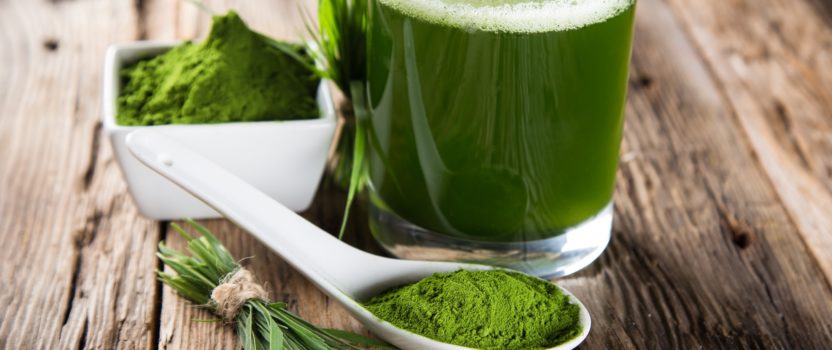Spirulina Powder
How did it become popular?
Spirulina grows naturally in highly alkaline subtropical and tropical lakes. It was a staple of the Aztec diet, but its popularity as a health food began after it was discovered growing in Lake Texaco in the 70s. Recently, many health experts have become aware of its benefits and are recommending it as a way to fight malnutrition and over reliance on junk food.
Nutritional Benefits
Spirulina is high in antioxidants (including vitamin E, selenium and carotenoids) that guard our cells from damage by free radicals and protect us from infections, diabetes, heart disease and cancer. It is a good source of easily digestible protein – rich in many of the essential amino acids that are only available through food. Spirulina also contains essential fatty acids, as well as many other vitamins and minerals, including calcium, manganese, magnesium, chromium – plus much higher amounts of iron than spinach and much higher amounts of beta-carotene than carrots. Its antimicrobial qualities make it effective against fungal infections such as Candida and recent studies show that spirulina can actually boost the our immune system by helping us produce more of the natural killer cells that are vital in destroying pathogens and protecting us from degenerative diseases such as cancer.
How to eat it
Best added to a smoothie (check out this one below!) 1 tablespoon is the usual dose, but may go up to 6 tablespoons daily – good source of vegan protein. Do not expose to heat.
Super Spirulina Smoothie
Just the thing to reinforce our immune system this winter (and always) – and it tastes divine! Just whiz up the following ingredients in a high power blender and enjoy!
1 cup frozen bananas
1 cup frozen pineapple (Picard is good for this)
2 cups almond milk (or coconut water)
1 tablespoon spirulina
Garnish with shredded coconut and goji berries


Leave a Reply
Your email is safe with us.
You must be logged in to post a comment.